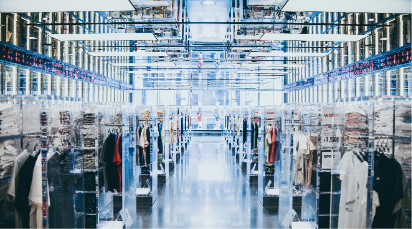The fashion world is facing big changes as new tariff policies shake up how clothes are made and sold around the world. Countries like Australia are looking at bringing more production home, while Bangladesh is working hard to find new opportunities despite facing higher costs. In April 2025, major tariff changes hit the fashion industry hard. Bangladesh, one of the world’s biggest clothing makers, now faces a tough 37% tariff on its exports to the United States. This sudden change caught many Bangladeshi garment companies by surprise, especially since the country was already dealing with political challenges at home. Australia got much better treatment with only a 10% tariff, which is the lowest rate announced so far. However, Australian fashion brands still face problems because many of them make their clothes in other countries like China and Vietnam, where tariffs can be as high as 46%. This means Australian companies need to rethink where they produce their clothing. The tariff differences are creating winners and losers across the fashion supply chain. While Bangladesh struggles with its high 37% rate, countries like India face a more manageable 26% tariff. This has led to some big retailers like Walmart looking at India as a new source for their clothing needs, even though India doesn’t have enough skilled workers to meet all the demand right away. Australian manufacturers are seeing some early benefits from these global changes. During the initial three months of 2025, small manufacturing businesses in Australia experienced their most successful beginning to a year in a long time. Factory owners reduced their extra stock from $35,000 at the end of 2024 to just $22,000 by March 2025, as they prepared for possible changes in global trade. However, bringing clothing production back to Australia isn’t simple. The country lost most of its textile manufacturing over the past few decades, so rebuilding these capabilities will take time and money. Many Australian fashion brands are now looking at their supply chains more carefully to decide whether to move production closer to home or find new overseas partners. For Bangladesh, these changes create both challenges and opportunities. While the high tariffs make it harder to sell to the United States, Bangladeshi companies are now looking at other markets like Europe and Australia that might offer better trade conditions. Some are also investing in new technology to make their production more efficient and competitive. The fashion industry is learning that global supply chains can change quickly due to political decisions. Companies that used to rely on one or two countries for production are now spreading their manufacturing across multiple locations to reduce risks. This shift is creating new opportunities for countries that can offer reliable, cost-effective production. These changes show how connected the global fashion industry really is, and how political decisions in one country can affect workers and businesses thousands of miles away.
Global Tariff Changes Force Fashion Industry to Rethink Supply Chains
4
previous post

